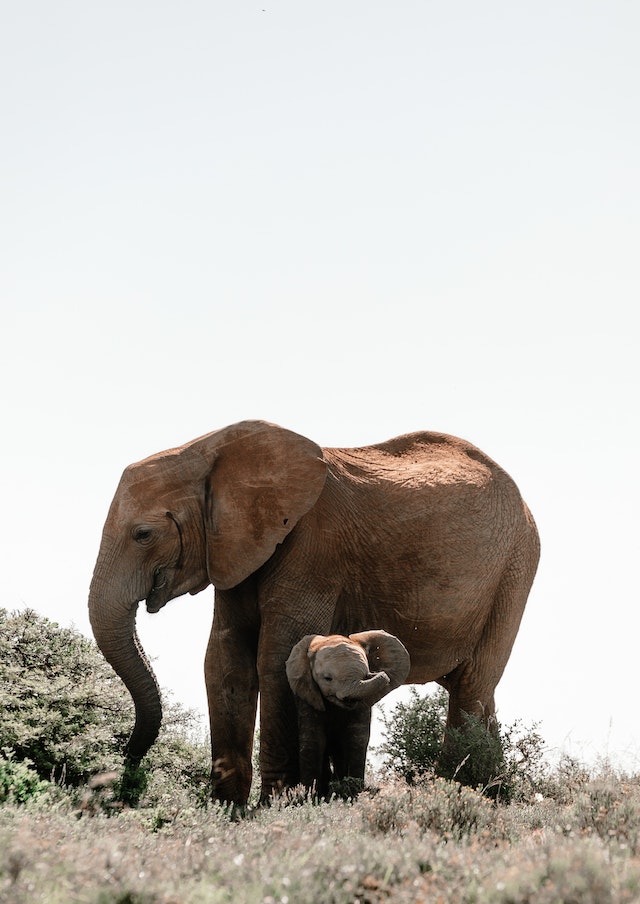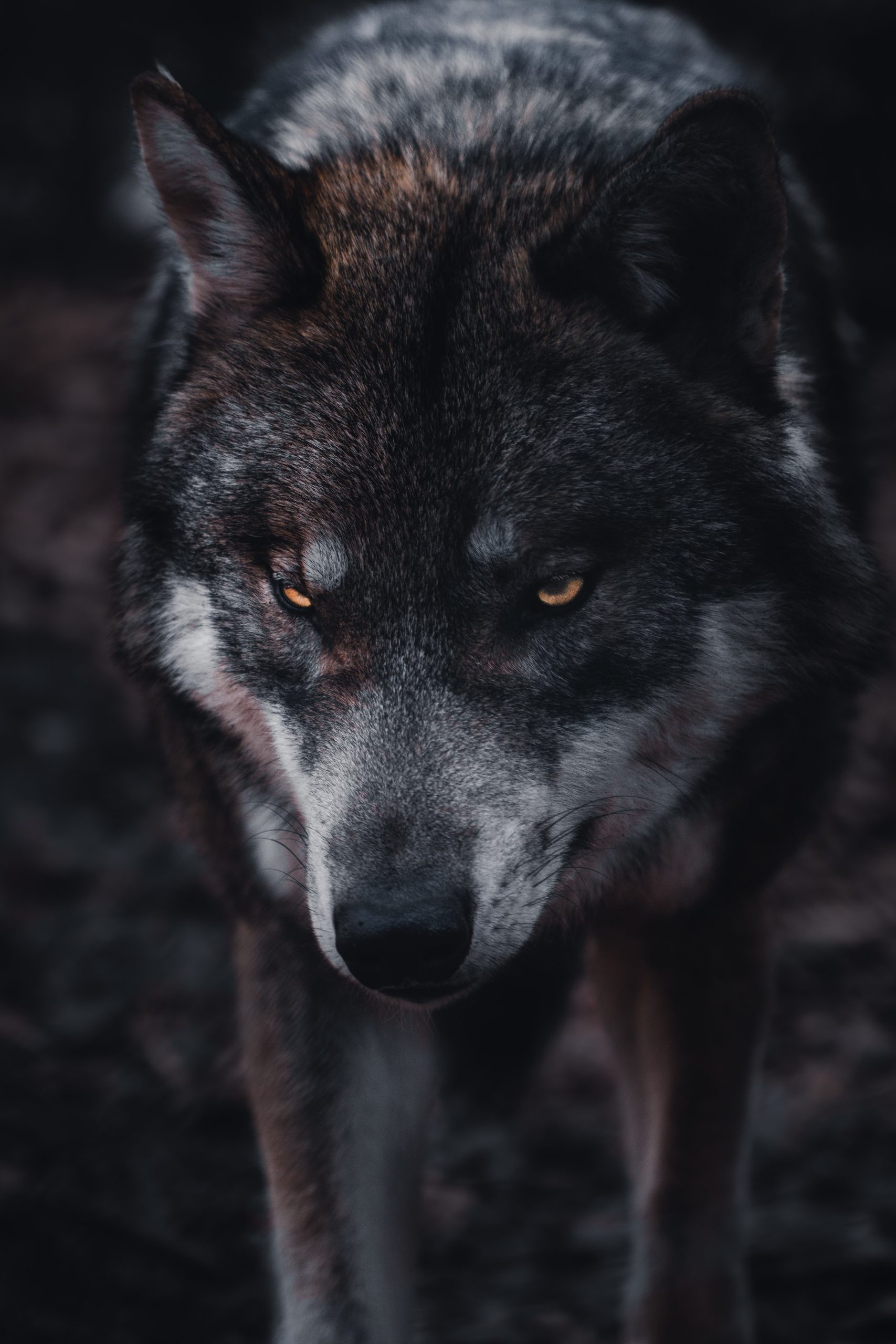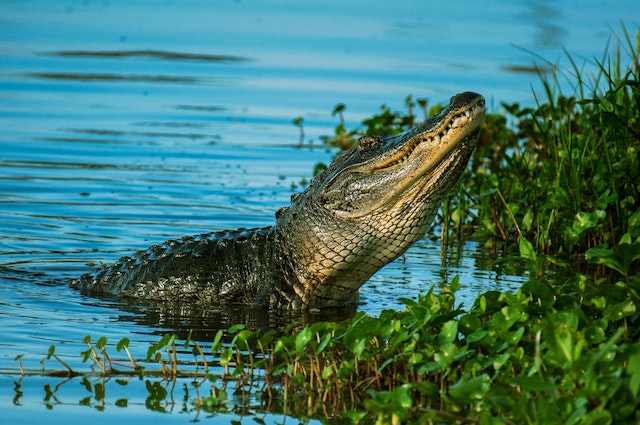The okapi, a relative of the giraffe, is a mysterious and enigmatic creature found in the dense forests of central Africa. With its striking striped coat and elusive nature, the okapi has captured the attention of scientists and wildlife enthusiasts around the world. In this article, we will delve into the unique physical features of okapi and the secrets they hold.
The okapi is a fascinating animal with many distinctive physical features that set it apart from other mammals. At first glance, the okapi appears to be a cross between a giraffe and a zebra, with its reddish-brown coat marked by bold black and white stripes on its legs and rump. But its most notable feature is its extremely long, prehensile tongue, which can be up to 18 inches in length and used to grasp foliage from high branches.
The okapi’s physical characteristics are perfectly suited for life in the dense rainforest. They have a compact, muscular build, allowing them to navigate through the dense underbrush with ease. They also have keen senses of smell and hearing, which they use to detect predators and communicate with other members of their species.
But perhaps the most unique physical characteristic of the okapi is its ossicones. Ossicones are horn-like structures that grow on the heads of both male and female okapi. Unlike the ossicones of giraffes, which are made of bone, the okapi’s ossicones are made of cartilage covered in skin and fur. The purpose of the ossicones is still unknown, but they may be used for display during mating rituals or for pushing aside branches and vegetation while foraging.
While the okapi’s physical features are fascinating, they are also vital to its survival. The okapi’s elusive nature and unique camouflage help them avoid predators like leopards and hyenas. Their long tongue and ability to strip leaves from trees allow them to feed on vegetation that other animals cannot reach. And their keen senses allow them to detect danger and communicate with other members of their species, which is critical for their survival in the dense rainforest.
However, despite their unique physical features and adaptations, okapi populations are currently threatened by habitat loss and poaching. The International Union for Conservation of Nature (IUCN) lists the okapi as endangered, with populations declining rapidly in recent years. Conservation efforts are underway to protect the remaining populations and their habitat, but much more needs to be done to ensure their survival.
In conclusion, the okapi is a truly unique and fascinating creature, with many physical features and adaptations that have allowed it to thrive in the dense African rainforest. However, with their populations rapidly declining, it is essential that we take action to protect these remarkable animals and their habitat before it’s too late. By understanding the secrets of the okapi’s physical features, we can gain a deeper appreciation for this hidden gem of the African forests and work to protect it for future generations.










